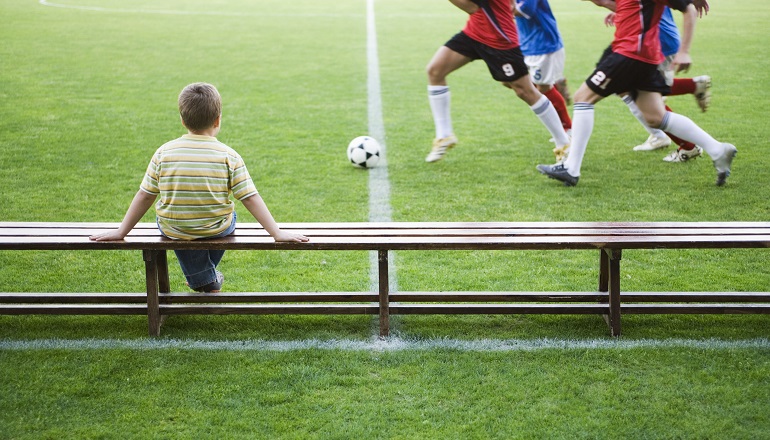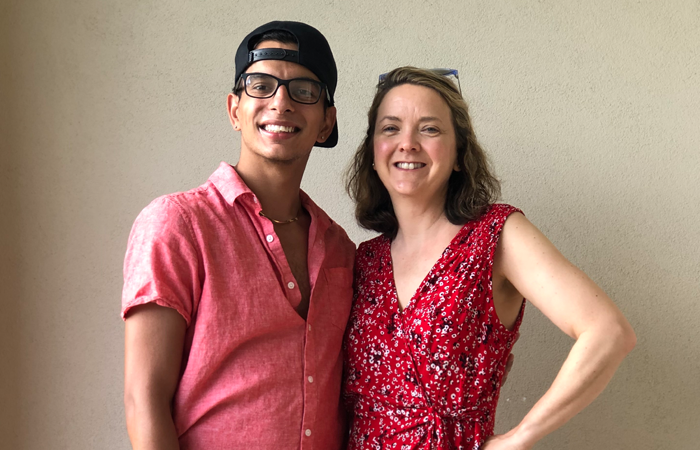In the back of the minivan, a meltdown is occurring. Eleven-year-old Janey tearfully refuses to get out of the van and go to school. Her bewildered mother doesn’t know what is causing the tears. She asks Janey, does she feel OK? Has she forgotten to do her homework? Finally, Janey explains: She is afraid she will have to walk alone to class again today, and stand by herself during recess. She says that her friends have all become “boosters” for the basketball team, and now they hang out together all day. Non-boosters aren’t welcome. Janey knows that everyone is staring at her and talking about her, calling her a geek who has no friends. What’s a parent to do?
Making the Cut
In early childhood, most children get to participate in whatever activities they enjoy, regardless of their expertise or skill. But in the tween years, academics and sports become more competitive, and, in some areas, more exclusive. Teams have tryouts; spelling bees have winners.
Not everyone makes the team, and not everyone aces the test. This may be the first time that some children experience exclusion. It may also be the first time that a child’s relationships with peers are negatively affected by differences between them.
During these years, differences are perceived more acutely. There are differences in athletic skills, academic aptitude, personality traits, hobbies and interests, physical appearance. A trendy hairstyle or clothing preference can make or break friendships. Loyalties change, cliques form and reform, old friends move on to new relationships. Children who used to play together may find that they now have little in common.
Children who were adopted may feel “different” because of their families or life stories. Those who spoke openly about their adoptions may become secretive about the subject during these years. Some make up a different life story, to fit in with classmates. Some plead with their parents not to mention their birth stories to their friends’ parents, and become distressed if parents do so. Even more than their peers, adopted children want to fit in with the crowd.
Accepting and Moving On
But exclusion and rejection are, unfortunately, a normal experience for kids this age. Parents cannot prevent the child from experiencing them. You can, however, lessen the negative effects of this part of growing up.
- Encourage your child to participate in activities or clubs, such as dance classes, volunteer activities, math clubs, computer groups, science clubs, or art class.
- Involve your child in adoption or birth culture groups. Exposing him to other children with something in common can help at this age.
- If your child experiences disappointment or rejection, listen to his feelings. Acknowledge that the situation is painful, and that your child is right to feel hurt.
- Tell stories from your own past about a similar disappointment or hurt. Let your child see that it is possible to survive pain.
- Invite one friend to participate in a family activity along with your child. Separating an individual from the clique can reestablish ties and remind both children of shared interests.
- Assure your child that he or she will have friends, and that it will get easier in the future. Try to deliver this message lovingly, and with humor.

